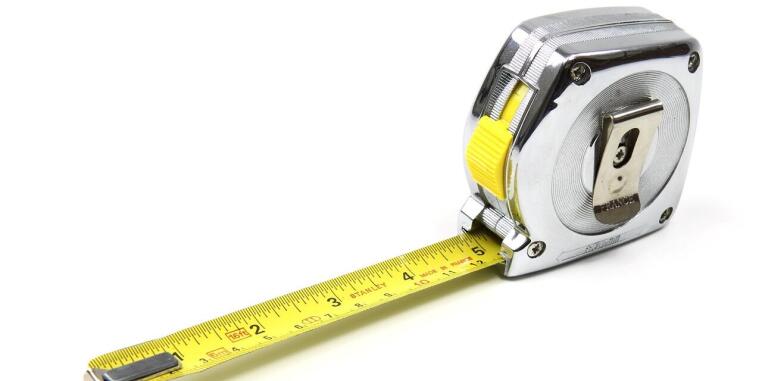How to measure Freezing of Gait?

Freezing of Gait (FoG) is a common symptom of Parkinson's disease, characterized by unexpected freezing of the legs during walking. FoG can increase the risk of falls and significantly impair the quality of life of those affected. The exact cause of FoG is not yet fully understood, and managing these episodes can be complex.
Accurate measurement of FoG is crucial so that:
- The severity of the symptom can be assessed: The frequency and duration of freezing episodes provide insight into the condition of the disease.
- Treatment plans can be adjusted: By understanding how often and in what situations FoG occurs, doctors and therapists can develop specific strategies to address it.
- Progress in the treatment of the disease can be monitored: Regular measurements can show whether certain treatments are effective or whether adjustments are necessary.
Methods for Measuring Freezing of Gait
- Clinical observation:
The most traditional method of measuring FoG is direct observation of the gait of affected individuals by medical professionals, often supported by video recordings of the individuals. This allows for a precise analysis of movement patterns and the circumstances under which FoG occurs.
- Questionnaires:
Specialized questionnaires, such as the Freezing of Gait Questionnaire (FOG-Q), provide a standardized method for self-assessment by affected individuals. These questionnaires describe the frequency, duration, and specific situations in which FoG episodes occur.
- Wearable technology:
Modern approaches use wearable sensors to collect objective data in real-time. Through these devices, often smartwatches or specialized foot sensors, precise movement patterns can be recorded, and FoG episodes can be automatically identified. These devices offer the advantage that data can be collected under real conditions rather than in a clinical environment.
Measurement Challenges
Despite advances in technology, there are still challenges in measuring FoG:
- Variability of the symptom: Since FoG occurs unpredictably and varies greatly, continuous monitoring is required.
- Data interpretation: Data collected by sensors must be carefully analyzed and interpreted to avoid false alarms and misinterpretations. For example, it must be ensured that deliberate stopping is not identified as FoG.
Recent studies, such as those by Cockx et al. (2023), highlight these challenges in measuring FoG. Cockx et al. (2023), for example, recommend using a combination of motion sensors and heart rate monitoring to enable reliable detection of FoG. This approach appears promising for the detection of FoG in future research. Measuring Freezing of Gait is a critical component in the management of Parkinson's disease. Advances in technology and medical research promise better methods for more precise diagnosis of FoG and, consequently, more effective treatment strategies. Continuous development and improvement of FoG measurement methods are crucial to enable FoG research and to provide affected individuals with a safer and more independent life.
Cockx, H., Nonnekes, J., Bloem, B., van Wezel, R., Cameron, I. & Wang, Y. Dealing with the heterogeneous presentations of freezing of gait: how reliable are the freezing index and heart rate for freezing detection? J Neuroeng Rehabil 20, 53, doi:10.1186/s12984-023-01175-y (2023).


